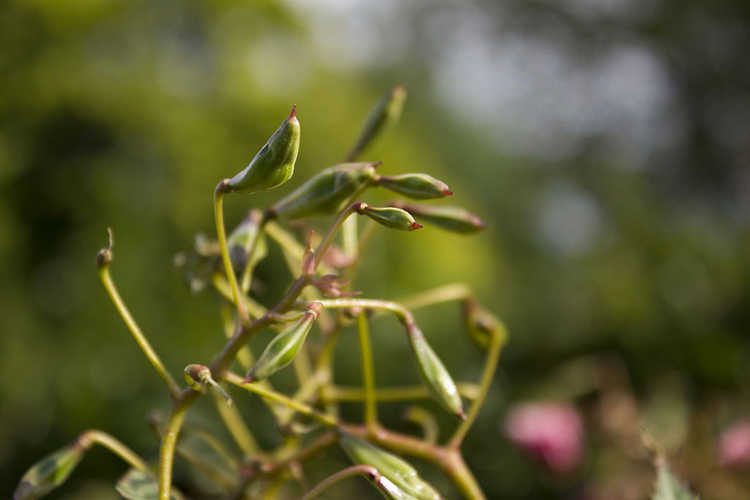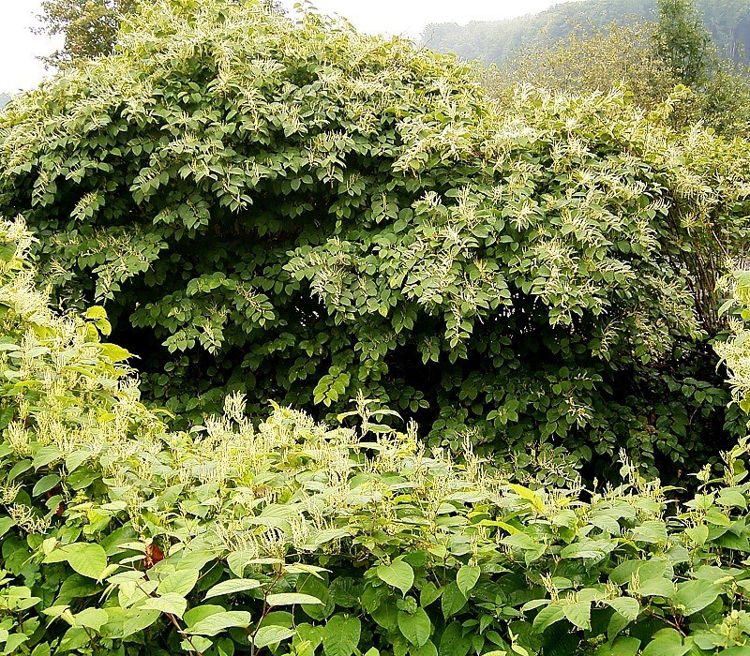Impatiens glandulifera, commonly known as the Himalayan Balsam, is an invasive plant with a very peculiar colonizing system – its seed pods literally explode when touched or otherwise disturbed, shooting the seeds up to 7 meters in every direction.
A native of India and Pakistan, the Himalayan Balsam has managed to invade 23 European countries, as well as the United States, Canada and even New Zealand. Its exploding seed pods allow the plant to rapidly spread into nearly impregnable thickets that reach over 3-meters-tall, smothering all other plant life to death. However, humans have played a pretty big part in its successful colonization of the world. You see, this isn’t just another invasive weed, it’s a very attractive one. The Balsam has these beautiful purple flowers that people love so much that they historically spread seeds in the wild just so they could see them on the sides of roads. Today, many communities around the world are struggling to keep the plant in check, organizing seasonal “bashing” sessions to clear large swathes of land. and protect other plant life.








